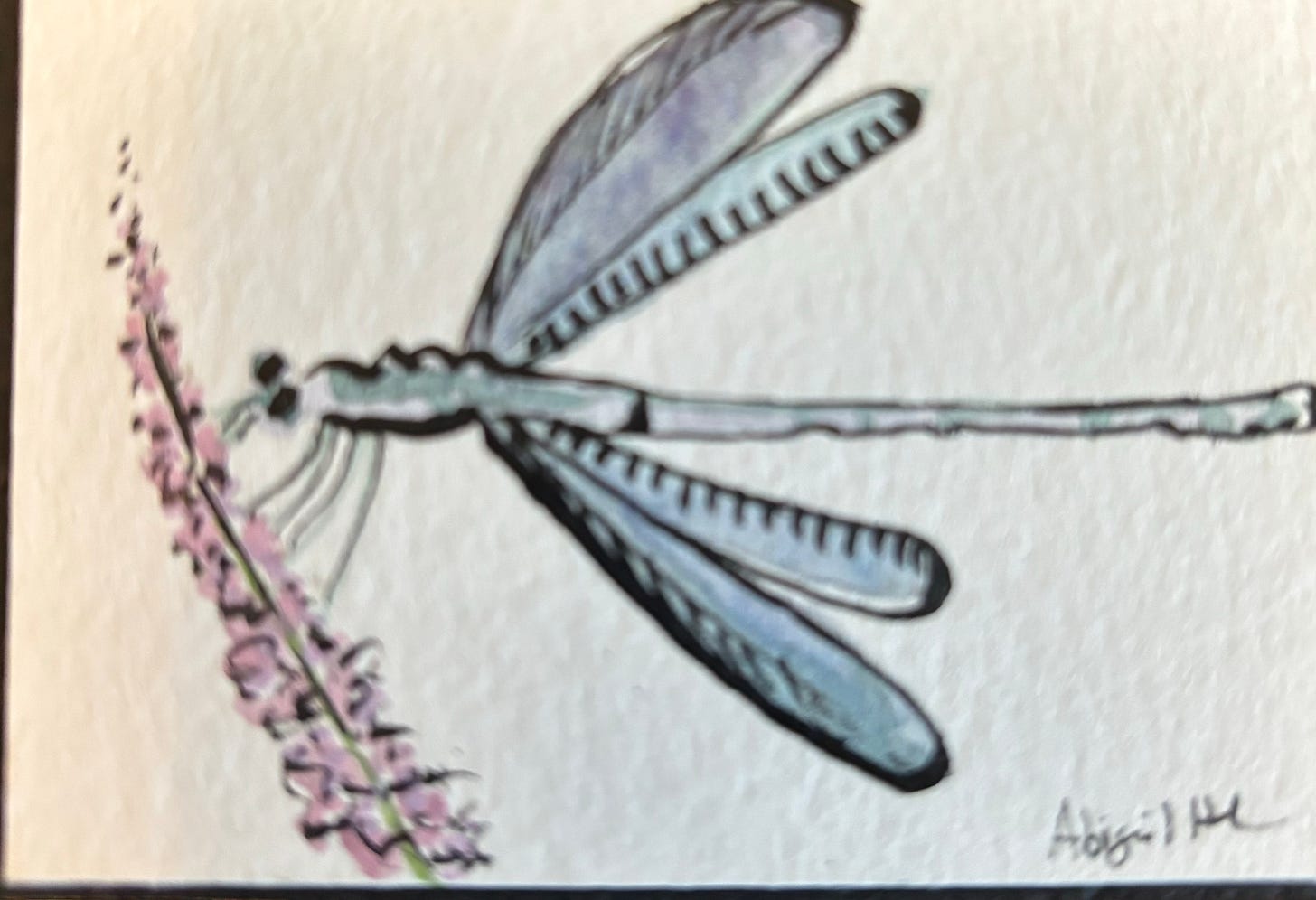As a passion project, The Scholar Wife writes about fine art, with a focus on the contemporary, for Forbes. She started this practice when she was at The Associated Press and she is one of the most beautiful writers about art in the country and it was one of the things about her that grabbed me early in our relationship. You don’t have to take my word for it, though. We know from gallerists and artists that Natasha’s writing has helped many art works find their forever homes and that some important relationships between collectors and artists were born in her prose.
As the husband and because art interests me as well, I benefit from my plus-1 vantage of the global art world. Of course, I see things on gallery walls that I want as well and I have a particular interest in 20th century modernism, Gertrude Stein’s Paris, and surrealism on canvas, page or in artifact. But buying can be intimidating, especially when your partner knows so much about the subject.
Also, let’s face it, this is an inefficient market, often driven by styles, fads and what happens to be on sale. Old does not mean valuable. Even rare doesn’t. Even honest people can overcharge you in such a subjective environment. Also, art can be expensive and expensive tastes are easy to develop.
High quality prints are a great answer and many are in limited reproduction and hold read value. Collecting art books is another answer. But, there is something about having original, one-of-a-kind artwork and neuroscience is telling us that viewing originals engages the mind more intently than viewing reproductions. Also, unless a collection of prints and posters is very carefully curated, it can give a living space a dorm room feel.
Recently a couple of pieces of art have entered our lives that I like very much, were super affordable and induce no purchaser’s anxiety. First a small original by Abby Heffner, an emerging North Carolina artist who produces beautiful watercolor portraits. Our Heffner was meticulously painted to be sold in decommissioned cigarette vending machines. It’s a palm-sized original, rendered with such care that I can stare at it like a large scale painting.
Now, I’ve mentioned that I’m on a Man Ray kick and there’s a part of me that wants to own an original. Man Ray is comparatively accessible compared to other name artists since the collections include a lot of reproducible photography and some sculpture.
His readymade sculpture, The Gift, is an iconic work of Dadaism, put together for a Paris show in 1921. The original sculpture, which is a clothing iron with tacks affixed down the middle, was lost during the show, leaving Man Ray with only a photograph. Later in life, he produced copies of the sculpture, to sell and give away. Those, produced in the 1960s and 1970s are floating around. You can find them for sale on 1stDibs, though I have also spoken to dealers who tell me they can get me one for a better price, if I ever get serious about it. The idea of owning a Man Ray for less than $2,000 both appeals and doesn’t — it’s still a purchase I would feel guilty about, particularly if something were to go wrong for me financially or if the Renaissance Son, Scholar Wife or Wonder Pugs ever needed anything. Do I dare to eat a peach?
In any event, I found another solution that satisfies as well, at less than a tenth the price — while reading a biography of the wondrous Kiki Man Ray, I took note of the other artists working in and around Montmartre and became interested in the paintings of Moise Kisling, who I had not been aware of. His work is in major museums and collections around the world and he was a huge part of a bygone cultural scene that interests me greatly.
I found a 1937 etching online. Unlike prints, each etching is considered an original work of art rather than a reproduction, and this sketch of Montmartre in 1937 is one of 500 produced for a celebration of the neighborhood while it still thrived with studios and cabarets.
The detail amazes and it’s another piece I can stare at for a long while. It’s high quality and not likely to turn up elsewhere. It was also amazingly accessible. Art should be for everyone and it is, as you learn where to look.



